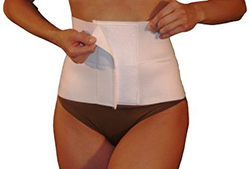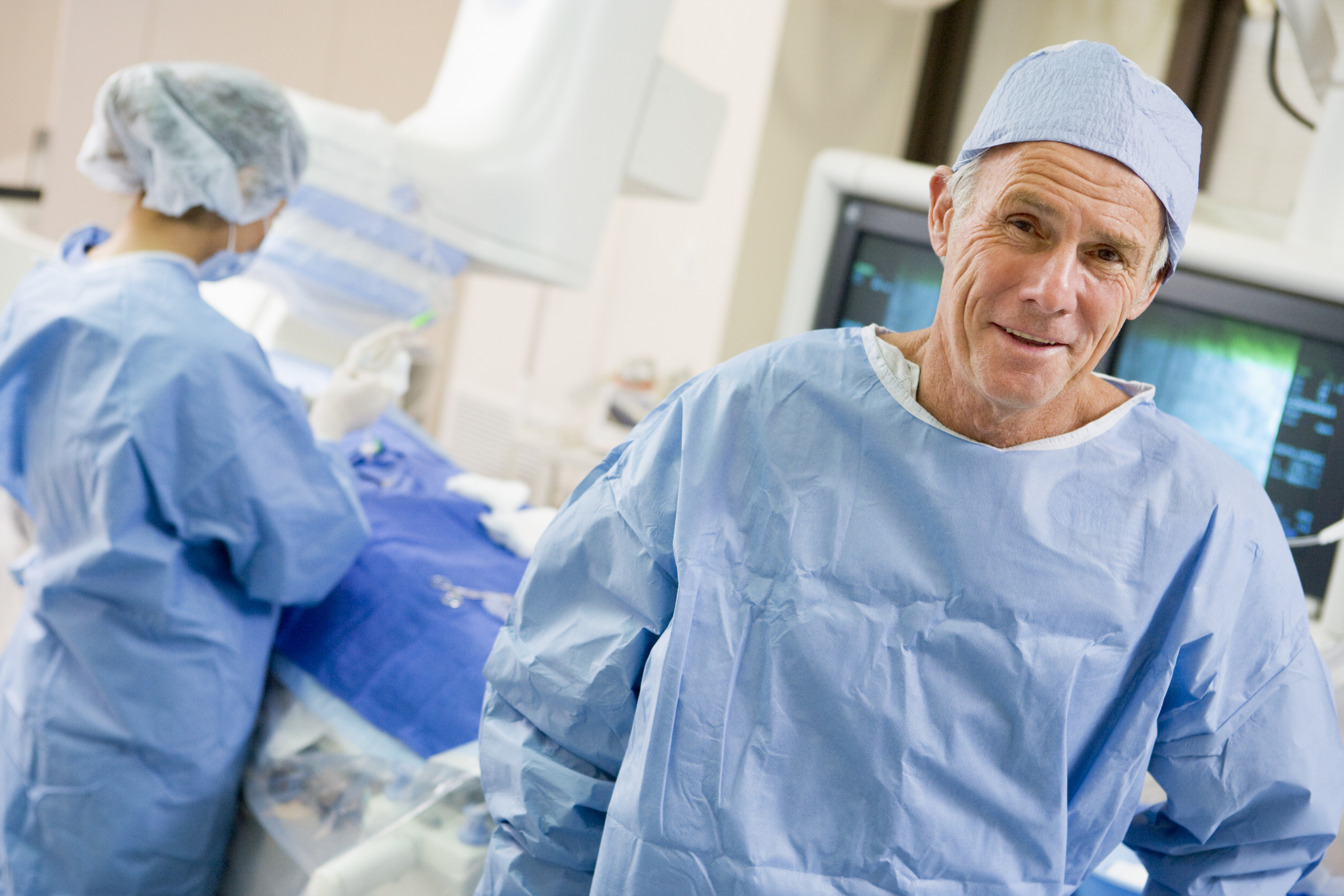Lip Augmentation
-
Content written by Andrew Proulx, MD | Reviewed by EnhanceMyself Medical Team | Last updated 6/18/2023
- Overview
Overview
What is lip augmentation?
There are a number of safe and effective ways to get the pouty lips that many want. Medical procedures designed to enhance the lips and surrounding area are referred to collectively as lip augmentations. Lip augmentation procedures create lips that are plumper and fuller while reducing the visibility of wrinkles around the mouth. There are several types of procedures to choose from, including injections and surgical implants.
Cost of lip augmentation procedures
Autologous fat transfer: The average cost of lip fat injections is $3,000 to $5,000.
Dermal Filler Injections: The average cost of lip injections is $600 to $800 per session, depending on the specific product chosen and the amount used.
Surgical Lip Implants: The fee for lip implants is between $2,500 to $4,000.
Are you a candidate?

If you have oral herpes or other health conditions impacting your mouth, you may not be a good candidate.
Smokers, as well as those with diabetes or blood circulation issues may experience a higher rate of complications.
Types of procedures
The lip is a delicate structure, and it takes considerable skill to augment or reconstruct it in a satisfactory manner. As such, regardless of the procedure chosen, the result will be operator-dependent, so be careful with choosing the provider who will perform the procedure.
There are several procedure options available for lip augmentation:
- Autologous fat transfer: With fat transfer procedures, the patient’s own fat cells are extracted from one part of the body (usually the buttocks or abdominal area) and injected into the lips.
- Injectable fillers: These are synthetic injectable gels that are used to give fullness and smoothness to the lips and surrounding tissues. A number of different types of dermal fillers are available, from different brands. Restylane, Juvederm, and Belotero are some of the more popular brands. Some take more than one injection session to get optimal results, and they are all temporary, lasting anywhere from 6 to 12 months, depending on the product and the biological characteristics of the patient.
- Synthetic implants: Made of silicone, expanded polytetrafluoroethylene (SoftFoam), biologics (AlloDerm), or Gore-Tex, these are made of a firmer material, and are implanted in one piece into the lips. These are less commonly used due to the incision needed to insert the material into the lips but provide a more permanent solution.
Lip injections are performed on an outpatient basis in the injector’s office. Local anesthetic is used, and the injections are done with a fine-gauge needle. The entire procedure can take between 15 minutes and an hour, depending on how much injectable is used.
Lip implants are performed under sterile conditions in an operating room, usually using a local anesthetic, although a general anesthetic may occasionally be used. It is a day procedure lasting only about half an hour, and patients are able to return home after the procedure.
Safety information
The risks and complications of filler lip injections include:
- Bleeding from the injection site
- Swelling, bruising, redness, pain in the area of the injection
- Asymmetry of the lips
- Lumps or irregularities in the lips
- Migration of the filler to adjacent tissues
- Allergic reaction to the filler
- Injection into a blood vessel
- Infection
- Scarring of the lip
- Reactivation of cold sores.
The risks and complications associated with lip implant surgery include:
- Bruising, swelling, redness, bleeding, pain
- Infection
- Shifting of the implants
- Allergic reaction to the implants
- Lumps
- Lip asymmetry
Your surgeon or injector will review the specific risks associated with the product and procedure that you choose prior to your treatment.
Recovery time
Your recovery time period will vary depending on the type of procedure.
Recovery time from filler injections is minimal, and some individuals find that they are able to return to work the same day. The injector may advise taking a few precautions in the 24 hours following the treatment, such as avoiding:
- Excessive heat or sun exposure
- Strenuous activity
- Alcohol
- Rubbing or touching the lips
- Taking anti-inflammatory medications.
Swelling, bruising, and some discomfort may be expected for a few days after the injection.
Lip augmentation surgery will require some downtime. Touching the lips or excessive mouth movements should be avoided so as to prevent shifting the implants for the first two weeks, until the implants have healed into place.
Ice-packs, and head elevation will help with the swelling, and pain medications may be required.
When to expect results
The timing of results after lip augmentation can vary depending on the type of procedure. Dermal fillers and fat injections can provide immediate results, whereas lip implants may take one to three months to see the final results.
EnhanceMyself.com relies on sources such as professional medical organizations, government agencies, academic institutions, and peer-reviewed scientific journals to write it’s articles. Learn more about how we ensure our content is accurate, in-depth, and unbiased by reading our editorial guidelines.
*Medical Disclaimer: This website does not provide medical advice. Read more.




